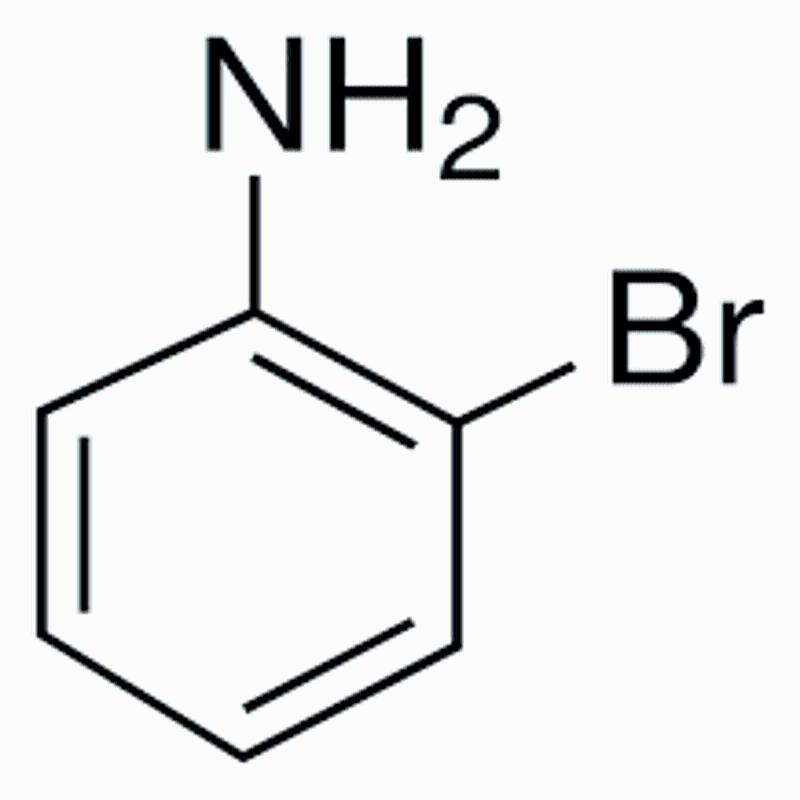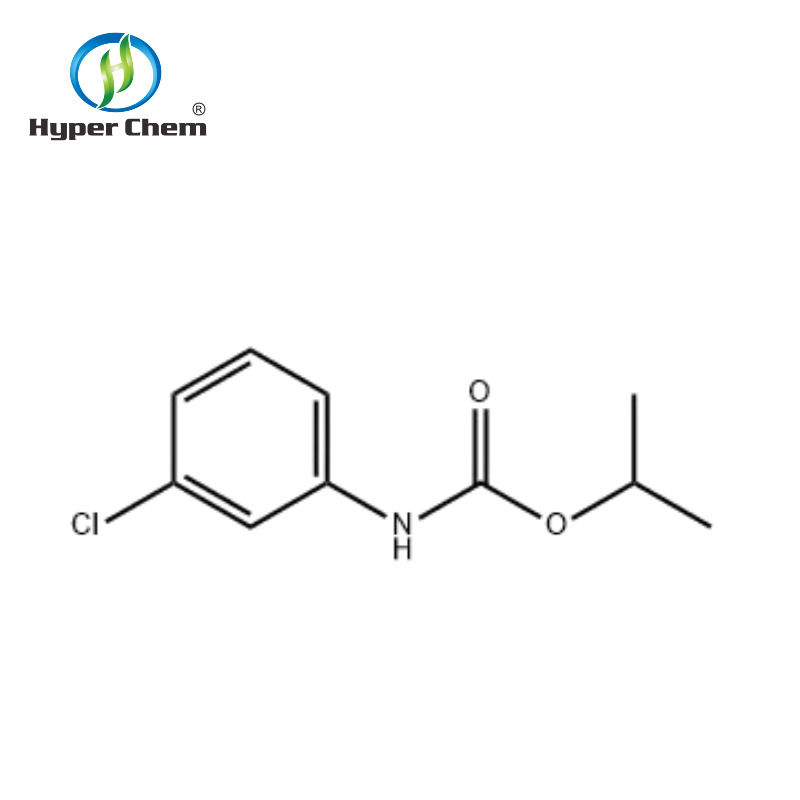-
Categories
-
Pharmaceutical Intermediates
-
Active Pharmaceutical Ingredients
-
Food Additives
- Industrial Coatings
- Agrochemicals
- Dyes and Pigments
- Surfactant
- Flavors and Fragrances
- Chemical Reagents
- Catalyst and Auxiliary
- Natural Products
- Inorganic Chemistry
-
Organic Chemistry
-
Biochemical Engineering
- Analytical Chemistry
-
Cosmetic Ingredient
- Water Treatment Chemical
-
Pharmaceutical Intermediates
Promotion
ECHEMI Mall
Wholesale
Weekly Price
Exhibition
News
-
Trade Service
Flumetsulam is an important herbicide used in the control of a wide range of weeds.
Its synthetic routes, as well as its properties, mechanism of action, and uses, are important topics in the field of chemical synthesis and agricultural science.
In this article, we will discuss the synthetic routes of flumetsulam and their importance in the chemical industry.
Flumetsulam is a synthetic chemical compound that is used as an herbicide to control a wide range of weeds.
It is a selective herbicide, meaning it targets specific types of plants, and is effective against a variety of broadleaf plants and grasses.
Flumetsulam is commonly used in agriculture, horticulture, and forestry applications.
- Synthetic routes of Flumetsulam
There are several synthetic routes that can be used to produce flumetsulam, but the most commonly used method is through the reaction of 2,4-dichloro-6-ethylamino-s-triazine (2,4-D) and 5-bromo-2-methylbenzoic acid (BMB).
This reaction results in the formation of the intermediate compound 2,4-D,BMB, which can then be further transformed into flumetsulam through a series of chemical reactions.
The synthetic route to flumetsulam typically involves several steps, including the preparation of the starting materials, the formation of the intermediate compound, and the final transformation into flumetsulam.
The entire process can take several steps and requires a high degree of chemical expertise.
- Importance of Synthetic Routes of Flumetsulam
The synthetic routes of flumetsulam are important for several reasons.
First, understanding the synthetic routes allows chemists to develop new and more efficient methods for producing the compound.
By understanding the underlying chemical reactions involved in the synthesis of flumetsulam, chemists can optimize the reaction conditions, improve the yield, and reduce the cost of production.
Second, the synthetic routes of flumetsulam provide important information about the structure-activity relationships of the compound.
By understanding the synthetic routes, chemists can gain insights into the chemical properties of flumetsulam and how these properties influence its activity as an herbicide.
Finally, the synthetic routes of flumetsulam are important because they provide a foundation for the development of new and improved herbicides.
By understanding the synthetic routes of existing compounds, chemists can design and synthesize new herbicides with improved efficacy and a reduced environmental impact.
- Properties of Flumetsulam
Flumetsulam is a selective herbicide that is effective against a wide range of broadleaf plants and grasses.
It works by inhibiting the enzyme photosystem II, which is involved in the process of photosynthesis.
This disrupts the plant's ability to produce energy, leading to growth suppression and eventual death.
Flumetsulam has several properties that make it an effective herbicide.
It has a low volatility, which means it does not evaporate easily, allowing it to remain in the soil for extended periods of time.
This results in long-lasting control of weeds and reduces the need for repeated applications.
Flumetsulam is also resistant to degradation by soil microorganisms, which improves its efficacy and reduces the risk of environmental contamination.
Additionally, flumetsulam has a low toxicity to mammals, making it a safe herbicide to handle and use.
- Mechanism of Action of Flumetsulam
The mechanism of action of flumetsulam is based on its ability to inhibit the enzyme photosystem II.
Photosystem II is an essential component of photosynthesis, the process by which plants produce energy from sunlight.
By inhibiting photosystem II







